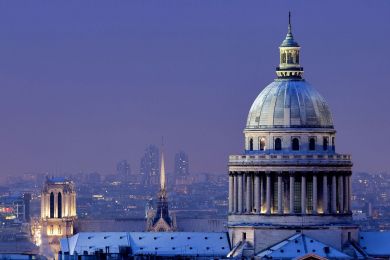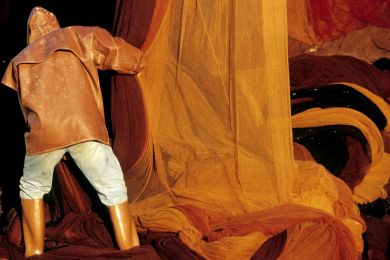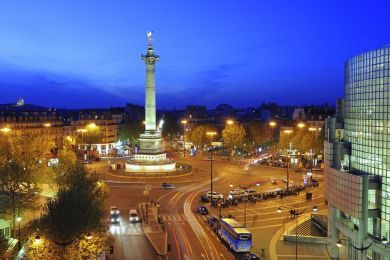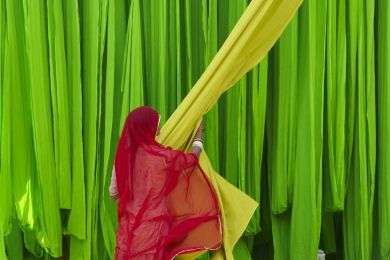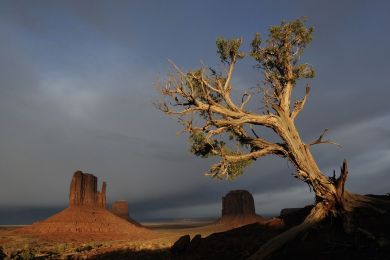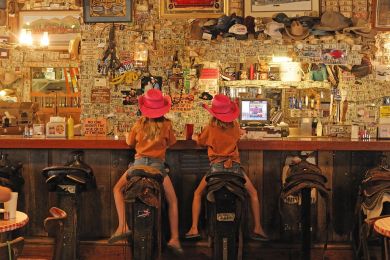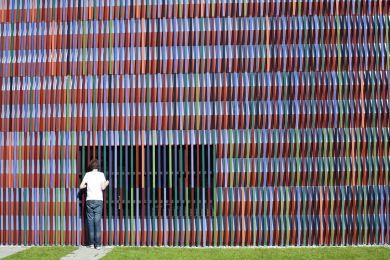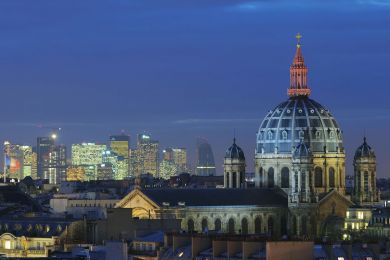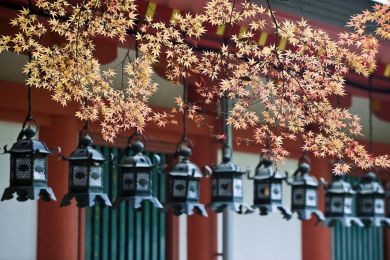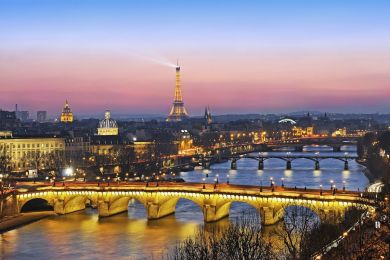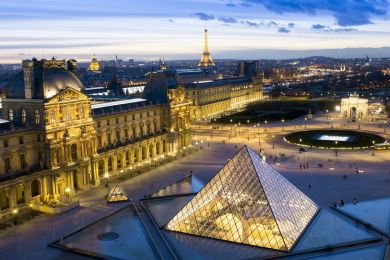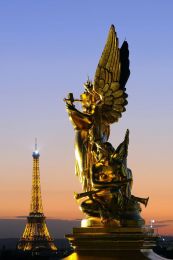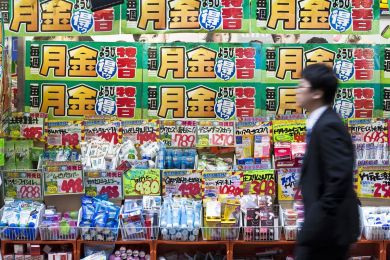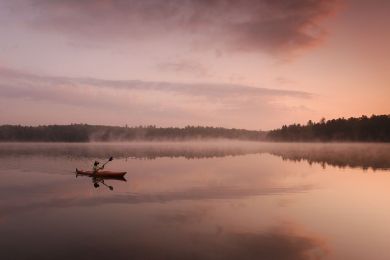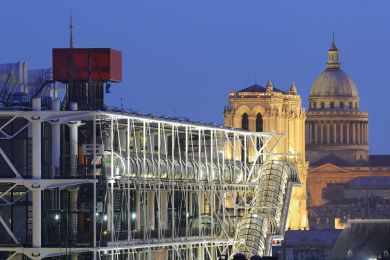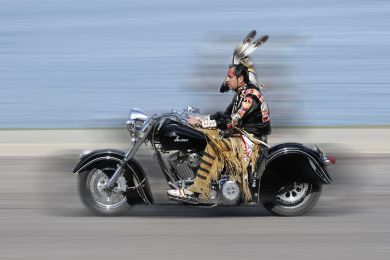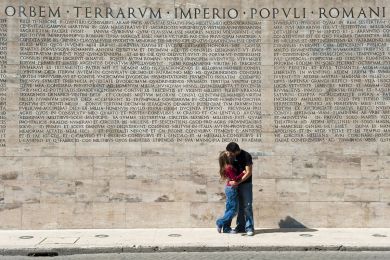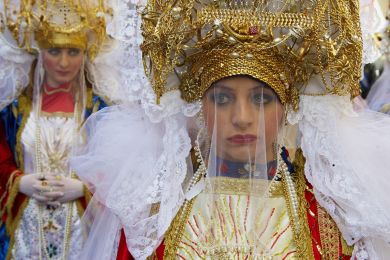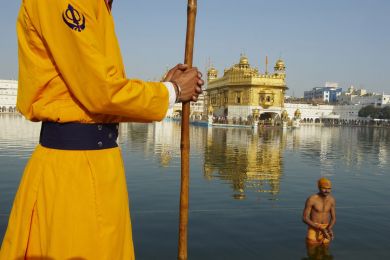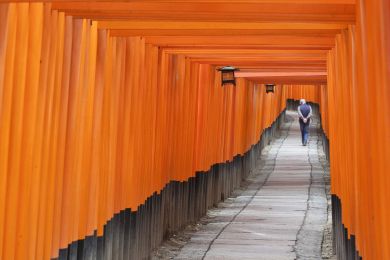By buying this product you can collect up to 178 loyalty points. Your cart will total 178 points that can be converted into a voucher of 35,60 €.
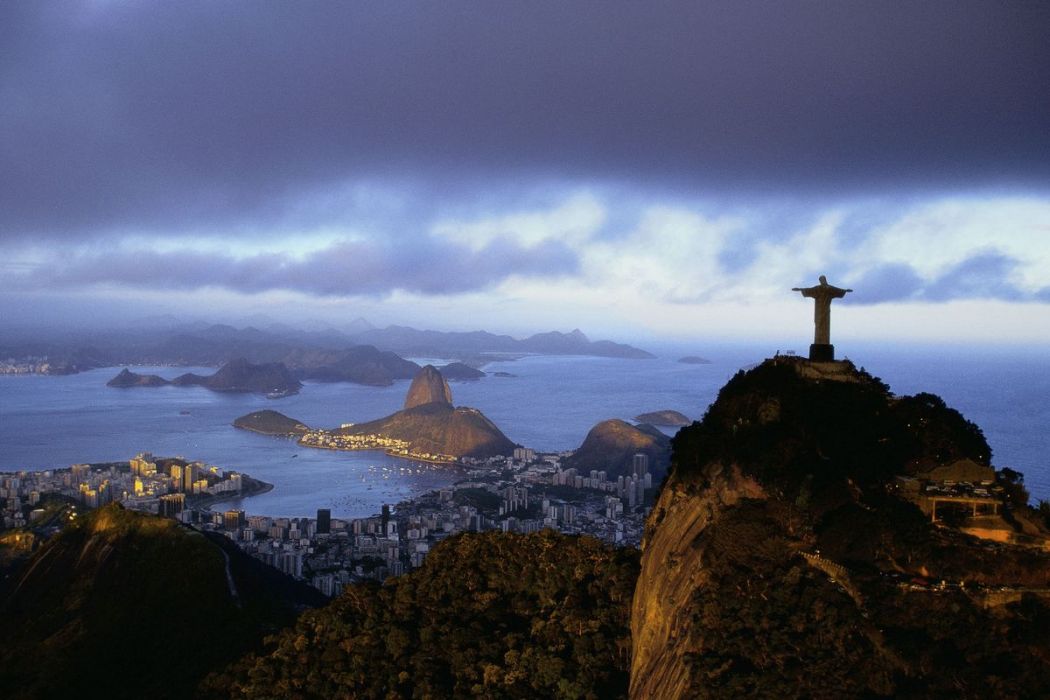 View larger
View larger
Picture information
The Corcovado, Rio de Janeiro
Yann ARTHUS-BERTRAND
Art Photography by Yann ARTHUS-BERTRAND, the Corcovado overlooking the city of Rio de Janeiro, Brazil. Perched on a rocky 2.326-foot-high (704 m) peak called Corcovado, or “hunchback”, the statue of Christ the Redeemer overlooks the Guanabara Bay and its famous “Sugar loaf”
Data sheet
| Orientation | Landscape |
| Color | Black |
The Corcovado, Rio de Janeiro
Yann ARTHUS-BERTRAND
Art Photography by Yann ARTHUS-BERTRAND, the Corcovado overlooking the city of Rio de Janeiro, Brazil. Perched on a rocky 2.326-foot-high (704 m) peak called Corcovado, or “hunchback”, the statue of Christ the Redeemer overlooks the Guanabara Bay and its famous “Sugar loaf”
Fine Art Photography
Print by Experts
100 % Made In France
A recognized expertise, a search of permanent quality.
Printed by a professional photographic laboratory.
All prints are made to order, controlled by the Technical Director.
A certificate of authenticity is provided with each photograph.
Framework made by selected materials to give you the best results. every step of the processing is monitoring by experts.
Loyalty points
Gift Card
Don't miss the opportunity to do the best present...
The whole Yann Arthus-Bertrand photos available with Hemisgalerie gift card.
Lets your guest choose the best image.
Amount from 50 €, create and download directly on our website, valid for one year including promotions.
The original gift for all events
More info
Perched on a rocky 2.326-foot-high (704 m) peak called Corcovado, or “hunchback”, the statue of Christ the Redeemer overlooks the Guanabara Bay and its famous “Sugar loaf” as well as the city of Rio de Janeiro. The city owes its name—which means “River of January”—to a misunderstanding by the first Portuguese explorers who dropped anchor in the bay, in January 1502, and thought they had arrived at the mouth of a river or – another hypothesis – it was the wrong transcript of “ria” (which means bay in Portuguese). The capital of Brazil from 1763 to 1960, and even the capital of Portugal between 1808 and 1821, Rio de Janeiro has developed into a metropolis with a population of more than 11 million and spreading out over 30 miles (50 km). The city remembered for hosting the UN Conference on Sustainable Development, better known as Earth Summit/ECO-92, in June 1992, will reinforce its fame by hosting the World Cup final in 2014 and organizing the 2016 Olympic Games. Nevertheless, Rio de Janeiro and São Paulo, the biggest city in the country and its financial capital, may form together in twenty years or so one urban area known by geographers as a megalopolis. Both metropolis and their satellite cities gather already 42 million inhabitants, which represents 23% of the Brazilian population.




















































